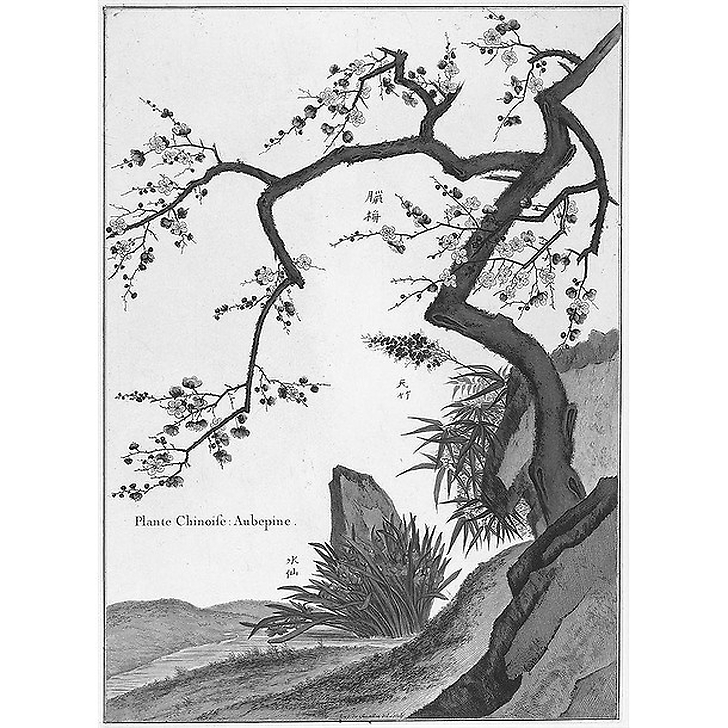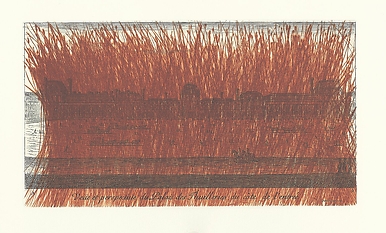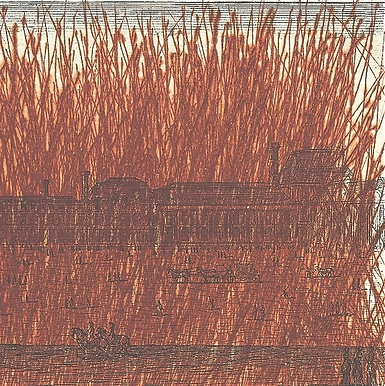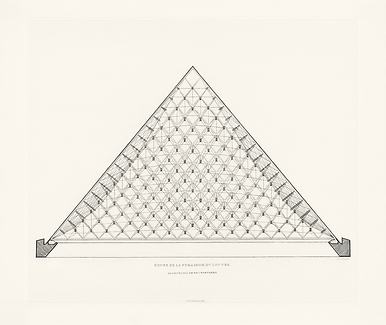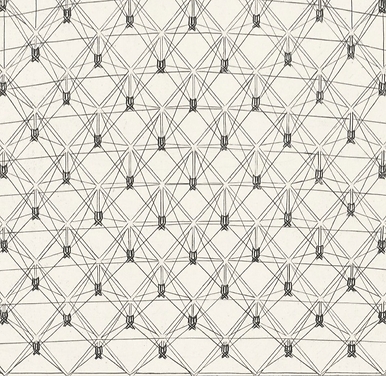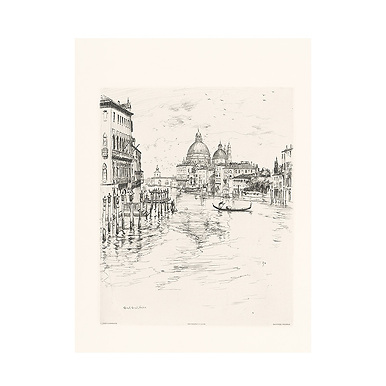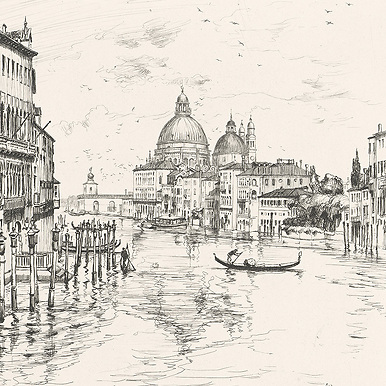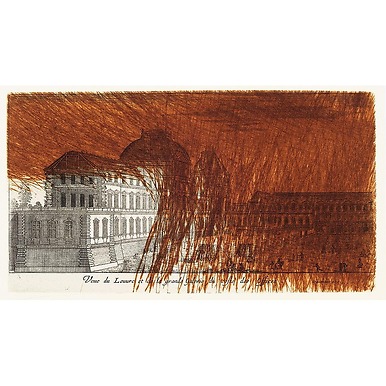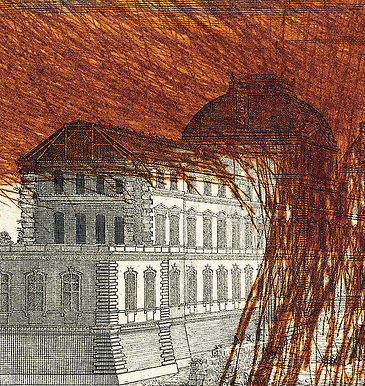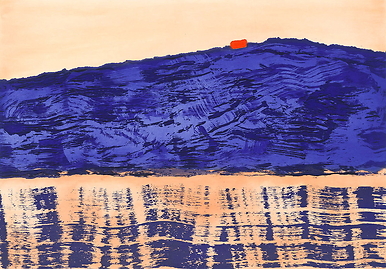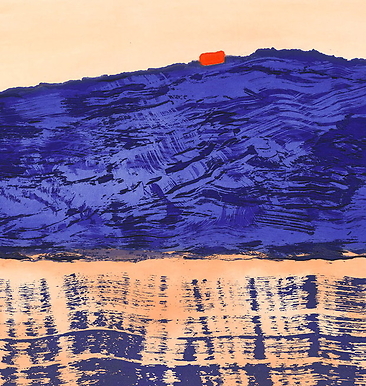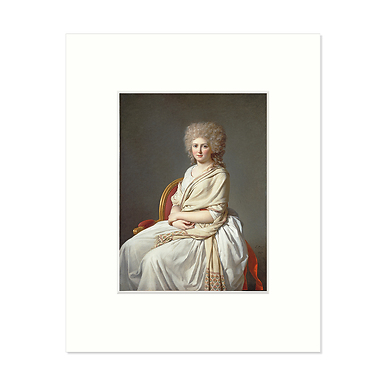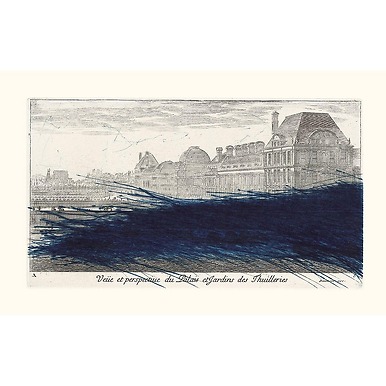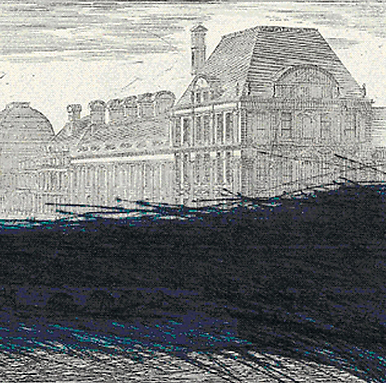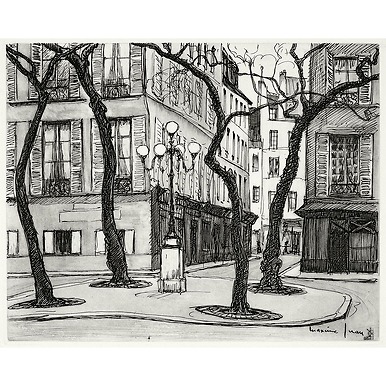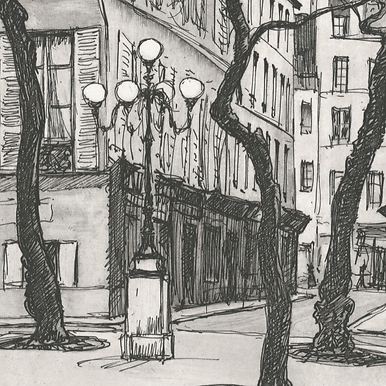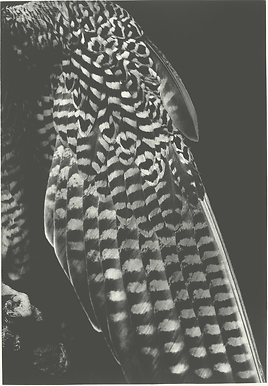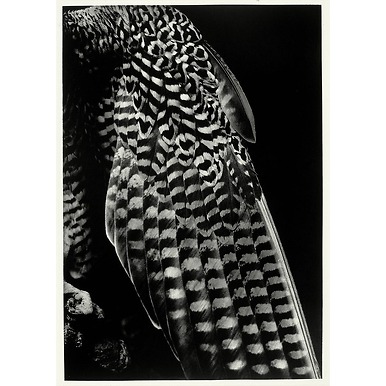Engraving Chinese plant Hawthorn
KMU05500
The Académie Royale des Sciences, founded in 1666 by Louis XIV on the advice of Prime Minister Jean-Baptiste Colbert, initiated learned works that the "King's ordinary engravers" were to illustrate. Claude Perrault (a doctor and architect, brother of the storyteller) entrusted Denis Dodart (1634-1717...
Read more
The Académie Royale des Sciences, founded in 1666 by Louis XIV on the advice of Prime Minister Jean-Baptiste Colbert, initiated learned works that the "King's ordinary engravers" were to illustrate. Claude Perrault (a doctor and architect, brother of the storyteller) entrusted Denis Dodart (1634-1717) and his collaborators with the project of a History of Plants, which was to combine scientific descriptions and faithful illustrations of the plants studied.
Nicolas Robert, Abraham Bosse and Louis de Chastillon engraved 319 plates between 1668 and 1699. The technique used was etching, with the main aim of rendering the gradation of colours through engraving: "We prefer etching to all others, because it has more freedom and is quicker and easier".
In 1676, a first edition of Mémoires pour servir à l'Histoire des plantes was published with 38 of these plates, engraved by Nicolas Robert and Abraham Bosse between 1668 and 1676. In 1676, Abraham Bosse died and was succeeded by Louis de Châtillon. But the project remained unfinished and in 1694 the Académie gave up on a complete publication. However, at the beginning of the 18th century, the Imprimerie Royale produced several complete editions of the 319 plates, intended as presents for the King.
These 319 copperplates are now kept at the Chalcographie du Louvre, which inherited the engraved plates from the royal collections.
The aim of Plant History was to provide a faithful illustration for each of the plants studied. Each plant was the subject of a life-size reproduction, either in its entirety or in detail (root, leaf or flower). To ensure the best possible representation, the Academicians monitored the work of the artists, comparing drawings, engravings, descriptions and the plants themselves.
Louis de Châtillon also engraved, after Sébastien Leclerc, the Mémoires pour servir à l'histoire naturelle des animaux, as well as the 14 plates of the Plans et profils, Petites Conquestes servant à l'Histoire de Louis XIV, which belonged to the King's Cabinet and which the Chalcographie du Louvre still possesses today.
The Ultimes are prints made from the original etching plates in the Chalcographie collection at the Musée du Louvre before they were put into storage for preservation reasons.
For reasons of preservation, it was decided to stop printing plates engraved before 1848. Before they left the Ateliers to go into the Louvre's reserves, some were printed one last time. These are the last ones. Each print is dated, numbered and stamped, and is sold with a certificate of authenticity, in a limited edition of 10.
Close
Sold by GrandPalaisRmn

